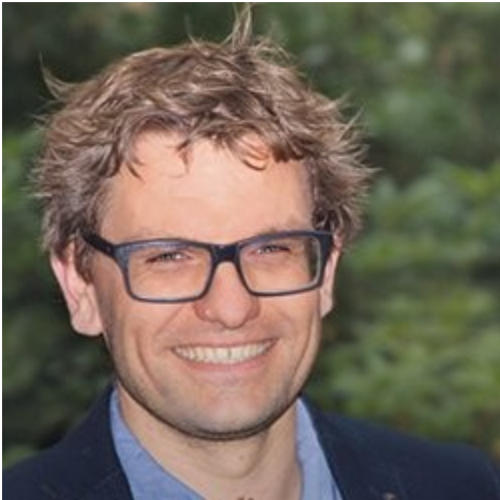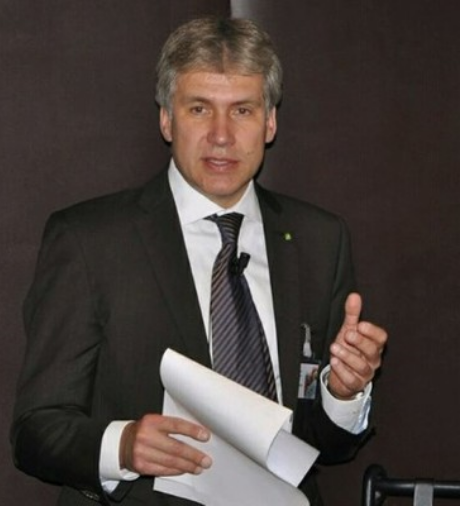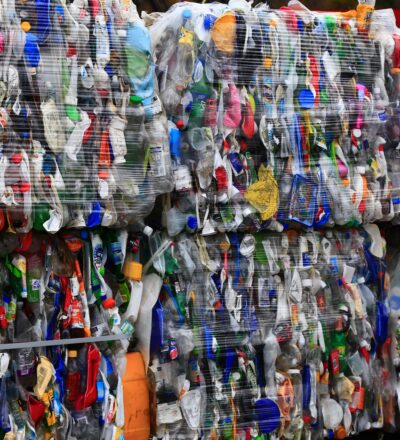What are key examples of current scientific progress in mechanical recycling of polymers in Western Europe and how can we link it to practical applications? And what are the criteria for circularity needed in the EPR systems of tomorrow?
Jaap den Doelder (TU Eindhoven) and Graham Houlder (CEFLEX) took the stage in the parallel sessions of the Circular Plastics Conference 2021 to address these issues. Together with their panel experts, they answered the questions of today to create the world of tomorrow: making a fully circular plastic value chain.
Mechanical recycling: food grade focus ahead
The session moderated by Jaap den Doelder featured industrial and academic speakers, discussing technical solutions and dilemmas to get plastics streams circular by mechanical recycling technology. Through the inspiring moderation of Jaap den Doelder – who also introduced polls to the audience to understand how they connected to the presented topics – there was a good mix of presentation and interaction with the audience.
Speakers

Jan Bruys
KrausMaffei

Ruben Demets
Ghent University

Jan Kolijn
TUSTI

Mark Roelands
TNO
Jaap introduced Ruben Demets from Ghent University first, and Demets addressed the complexity of thermoplastics based on their composition and properties. Characterization of the various plastics is important to further rationalize re-processing towards specific applications, he argued.
In the next presentation by Jan Kolijn (Tusti) it was made clear that all players active in a value chain play a part in the circle to decide what type of recycled quality is needed and produced. He introduced experiences from the Prolifex project, where such a collaboration resulted in reaching promising results.
Mark Roelands (TNO) explained that dissolution technology – the technique to use specific solvents to solve and separate specific polymers from a (mixed) plastics stream – has a bright future ahead for various types of plastics. He noted that already quite some industrial activity is present in this field, where this technology has a lot of added value for mechanical recycling of plastics.
Extrusion has always been the preferred process to make both virgin as well as recycled granulated plastics. More added value can be reached by using new stripping or degassing steps in the melting phase of various types of plastics, as was explained by Jan Bruys (KraussMaffei). Cascade processing, a ”train” of various and successive processes, including extrusion, is being developed for more processing routes and will be part of the future of recycled plastics, according to Bruys.
The discussion about these key examples of mechanical recycling show that the knowledge is already there. However, the challenges lie in joining forces in order to change old habits and revalue what we expect from recycled plastics.
Status and developments in Extended Producer Responsibility (EPR) systems
Extended Producer Responsibility (EPR) systems play an essential role in meeting today’s recycling targets. They will play an even more important and central role in a fully circular plastics economy.
The dedicated session led by Graham Houlder (CEFLEX) discussed the way EPR can make this role reality. EPR is an enabling tool through which producers (both brand owners and retailers) can fulfill their individual legal responsibility for the end-of-life management of their used products/packaging. This includes financial and – usually – operational responsibility for the collection, sorting and treating of these products/packaging when they reach the end of their life and enter the waste stream.
Speakers

Mike Jefferson
CEFLEX

Feliks Bezati
Mars

Joachim Quoden
EXPRA
EPR systems are already in place in most European countries, but with a lot of differences in how they have been implemented nationally. Speakers Joachim Quoden (EXPRA), Mike Jefferson (CEFLEX), and Feliks Bezati (Mars) discussed the ways EPR systems will need to develop in the future to operate effectively in a circular economy.
The CEFLEX EPR Criteria for Circularity for each of the four areas (operational, financial, communication, governance) were presented and a discussion followed exploring how EPR systems will need to evolve to drive improved collection, sorting and recycling levels and infrastructure, and to ensure that these new systems are financially sustainable and can be used to encourage more circular packaging design through tools like eco-modulation.
Feliks Bezati presented that while brand owners have full control over the design of products, they currently have little influence on which types of packaging are collected for recycling in a country despite paying EPR fees on all packaging materials. He singled out including flexible packaging, a very important packaging format for Mars, which is still not collected and recycled widely in many European countries. Bezati emphasized that brand owners like Mars, are fully supportive of well managed EPR systems and that they are willing to increase their EPR contributions provided these are used to support returning those packaging formats like flexible packaging.
The main conclusion from the session was that EPR systems will play a vital and important coordinating role in the emerging circular economy for plastic packaging materials. To make this happen, important structural changes will be needed and, most importantly, these changes will need the support of the whole value chain to be realized in time for plastic packaging to be increasingly circular by 2025.
How to make plastics fully circular? The answer to this question is multifaceted and affects many stakeholders. Still, it is important to bring this all together and collaborate. Every year the circular plastics community gatheres in expert sessions at the Circular Plastics Conference, sharing insights and learnings. Join us for an enriching discussion.
